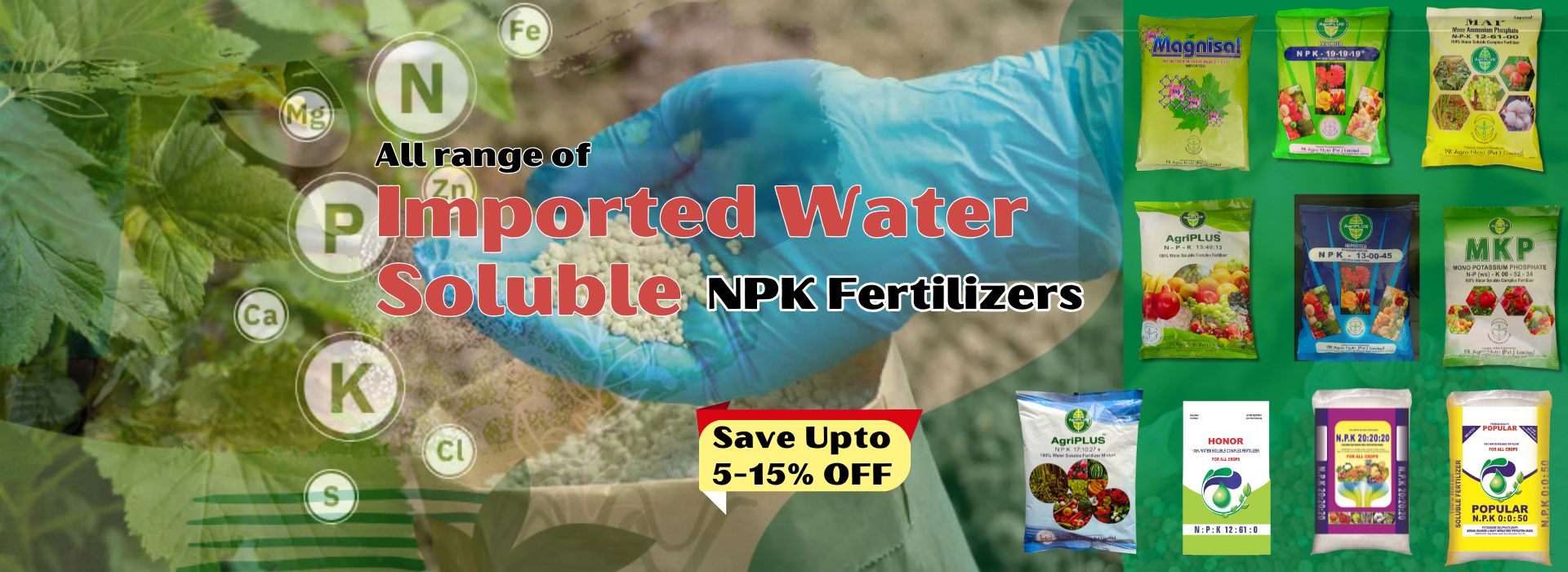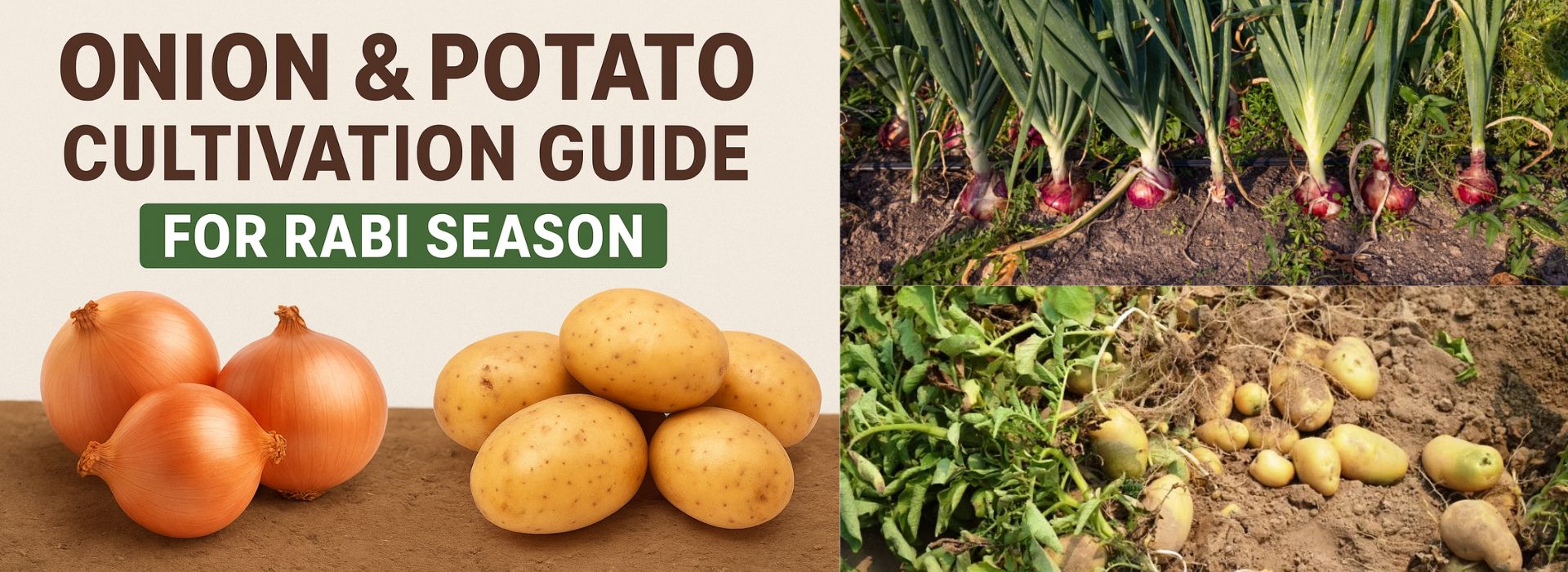The Role of Fertilizer Imports in India’s Agricultural Sector
November 7, 2024The
Role of Fertilizer Imports in India’s Agricultural Sector
India
is one of the world’s largest consumers of fertilizers, with its agricultural
sector relying heavily on fertilizers to meet the nutrient demands of a growing
population and to increase crop yields. However, India also depends
significantly on imports to fulfill its fertilizer requirements, especially for
key nutrients such as potash, phosphorus, and some nitrogen-based fertilizers.
This dependency on imports impacts the economy, farmers, and the sustainability
of the agricultural sector as a whole.
In
this blog, we’ll explore the reasons behind India’s reliance on fertilizer
imports, the types of fertilizers most commonly imported, and the implications
for the agricultural sector and national economy.
A.
Why Does India Import Fertilizers?
India’s
dependency on fertilizer imports is due to a variety of factors, ranging from
limited domestic raw materials to increasing crop demand and a need for
nutrient-dense fertilizers. Here are some of the primary reasons:
1.
Limited Domestic Raw Materials
India
lacks the natural resources required for large-scale production of certain
fertilizers, particularly potash and phosphorus. Potash, for instance, is a
mineral that India does not produce domestically and must import entirely from
countries like Canada, Belarus, and Russia. Similarly, the raw materials needed
for phosphate-based fertilizers are not abundant in India, leading to
significant reliance on imports for these essential nutrients.
2.
Rising Demand for Fertilizers
With
a rapidly growing population, India’s agricultural sector faces a constant
demand to increase crop yields. Fertilizers play a crucial role in meeting this
demand, as they enhance soil fertility and nutrient availability. As food
demand rises, so does the requirement for fertilizers, leading to a gap between
domestic production and consumption.
3.
Low Production Capacity
Although
India has domestic production capacity for nitrogen-based fertilizers like
urea, the production is not sufficient to meet the country’s agricultural
needs. The domestic fertilizer industry is highly dependent on natural gas,
which is used as a feedstock for nitrogenous fertilizers. The limited
availability of this resource also restricts the country’s ability to achieve
self-sufficiency in fertilizer production.
B.
Types of Fertilizers India Commonly Imports
India
imports several types of fertilizers to supplement its domestic production.
Here’s a breakdown of the most commonly imported fertilizers:
- Potash (K): India relies entirely on imports for
potash, which is essential for plant growth and water retention. Major
suppliers include Canada, Russia, and Belarus.
- Phosphate
(P): Although India has some
phosphate reserves, it is insufficient to meet domestic demand. India
imports raw phosphate and phosphoric acid from Morocco, Jordan, and Saudi
Arabia, which are then used in the production of DAP (Di-ammonium
Phosphate) and other phosphorus-based fertilizers.
- Urea
(Nitrogen - N): Although
India produces a significant amount of urea, the demand often exceeds
supply, necessitating imports. Countries like China, Qatar, and Oman are
major suppliers of urea to India.
- NPK
Compounds: Some
ready-made NPK (Nitrogen, Phosphorus, Potassium) compound fertilizers are
also imported, especially when specific nutrient ratios are required.
Each
of these nutrients is critical for different stages of crop growth and
development, making it essential for India to maintain a steady supply of these
imported fertilizers.
C.
Economic Impact of Fertilizer Imports
India’s
dependence on imported fertilizers has significant implications for the
economy.
1.
Foreign Exchange and Trade Deficits
Fertilizer
imports contribute to India’s trade deficit, as billions of dollars are spent
annually on importing potash, phosphorus, and nitrogen fertilizers. This
dependency exposes India to global price fluctuations, which can strain the
economy and impact foreign exchange reserves. In recent years, fertilizer
prices have risen sharply on the global market, increasing the financial burden
on the Indian government and, indirectly, on farmers.
2.
Subsidy Programs and Fiscal Implications
The
Indian government provides subsidies on fertilizers to ensure affordability for
farmers, particularly small and marginal farmers. Subsidies on imported
fertilizers, however, require large government spending. For instance, when
global fertilizer prices rise, the government must either increase subsidies to
prevent passing the cost onto farmers or cut spending in other sectors, both of
which can have adverse fiscal effects.
3.
Impact on Domestic Fertilizer Industry
High
reliance on imports can stifle the growth of the domestic fertilizer industry.
When imports are cheaper or subsidized heavily, it can discourage investment in
domestic production facilities. However, the Indian government has recognized
this issue and introduced policies to encourage domestic production through
subsidies and incentives, aiming to reduce import dependence over the long
term.
D.
Implications for Farmers
The
high cost and availability of fertilizers have direct consequences on farmers
and agricultural productivity:
1.
Price Volatility and Supply Disruptions
When
India depends on imports, the fertilizer supply is more susceptible to global
market disruptions. Any interruption in the supply chain, such as international
conflicts or trade restrictions, can result in shortages and price hikes.
Farmers, especially those in rural areas, may face delays in obtaining
fertilizers, which can negatively affect crop yield and income.
2.
Dependence on Subsidies
Due
to the high cost of fertilizers, most Indian farmers depend on government
subsidies to afford them. While this ensures short-term affordability, it makes
farmers vulnerable to subsidy changes, potentially leaving them with higher
input costs if subsidies are reduced or removed.
3.
Impact on Crop Choice
The
availability and cost of fertilizers also influence the type of crops that
farmers choose to cultivate. Subsidized nitrogen-based fertilizers like urea
can encourage overuse, leading to an imbalance in nutrient application. This
can result in farmers prioritizing nitrogen-reliant crops such as rice and
wheat, potentially reducing crop diversity and depleting soil nutrients over
time.
E.
Government Initiatives to Reduce Import Dependency
To
address the challenges of fertilizer, import dependency, the Indian government
has launched several initiatives aimed at boosting domestic production and
promoting sustainable farming practices.
1.
Nutrient-Based Subsidy (NBS) Scheme
The
NBS scheme provides subsidies for various nutrients rather than specific
fertilizers, encouraging the balanced use of fertilizers. By offering targeted
subsidies for nitrogen, phosphorus, potassium, and sulfur, the scheme aims to
reduce overuse of subsidized urea and promote the balanced application of
nutrients.
2.
‘Atmanirbhar Bharat’ Initiative for Fertilizer Production
As
part of its ‘Atmanirbhar Bharat’ (Self-Reliant India) initiative, the
government is encouraging the domestic production of fertilizers. Investments
in new fertilizer plants, especially in the production of urea, phosphatic, and
complex fertilizers, are being promoted to reduce reliance on imports.
3.
Adoption of Organic and Biofertilizers
To
reduce the need for chemical fertilizers, the government is also promoting
organic and biofertilizers as sustainable alternatives. These organic inputs
improve soil health and reduce the dependency on imported fertilizers,
especially for crops that are less nutrient-intensive. Training and awareness
programs are being conducted to encourage farmers to adopt organic and
biofertilizers for more sustainable agriculture.
4.
Long-Term Contracts and Diversified Suppliers
To
mitigate price volatility and ensure a steady supply, India is entering into
long-term contracts with multiple countries for the procurement of fertilizers.
This strategy allows India to diversify its sources and reduce the risk of
supply chain disruptions.
F.
The Future of Fertilizer Imports in India’s Agricultural Sector
As
India continues to pursue self-sufficiency in fertilizers, several promising
trends could reduce import dependency and promote a more sustainable
agricultural sector:
- Increased
Domestic Production: With
government support for new production facilities, India’s reliance on
imports for certain fertilizers, particularly urea, could decrease over
the coming years.
- Shift
Towards Balanced Fertilization:
Initiatives promoting balanced nutrient application and sustainable
practices can help reduce the overall demand for imported fertilizers.
- Greater
Focus on Sustainable Practices:
Biofertilizers and organic farming are gaining traction in India, which
could reduce the need for chemical fertilizers. Additionally, sustainable
soil management practices can improve soil health and fertility, lowering
the need for external inputs.
Conclusion
Fertilizer imports are a key component of India’s agricultural sector, helping meet the
nutrient demands for the country's vast farming population. However, reliance
on imports poses challenges, from economic impacts to supply chain
vulnerabilities. Through a combination of government policies, increased
domestic production, and sustainable farming practices, India is taking steps
to reduce its dependency on imported fertilizers. In the years to come, these
efforts could reshape the agricultural landscape, providing a more resilient
and self-sufficient future for India’s farmers.
At krishibazaar.in, you can find and buy various agricultural products. For agricultural guidance on selecting the most suitable products for your crops, please contact or WhatsApp at +917887880887






Guest reviews
No reviews found for this Blog